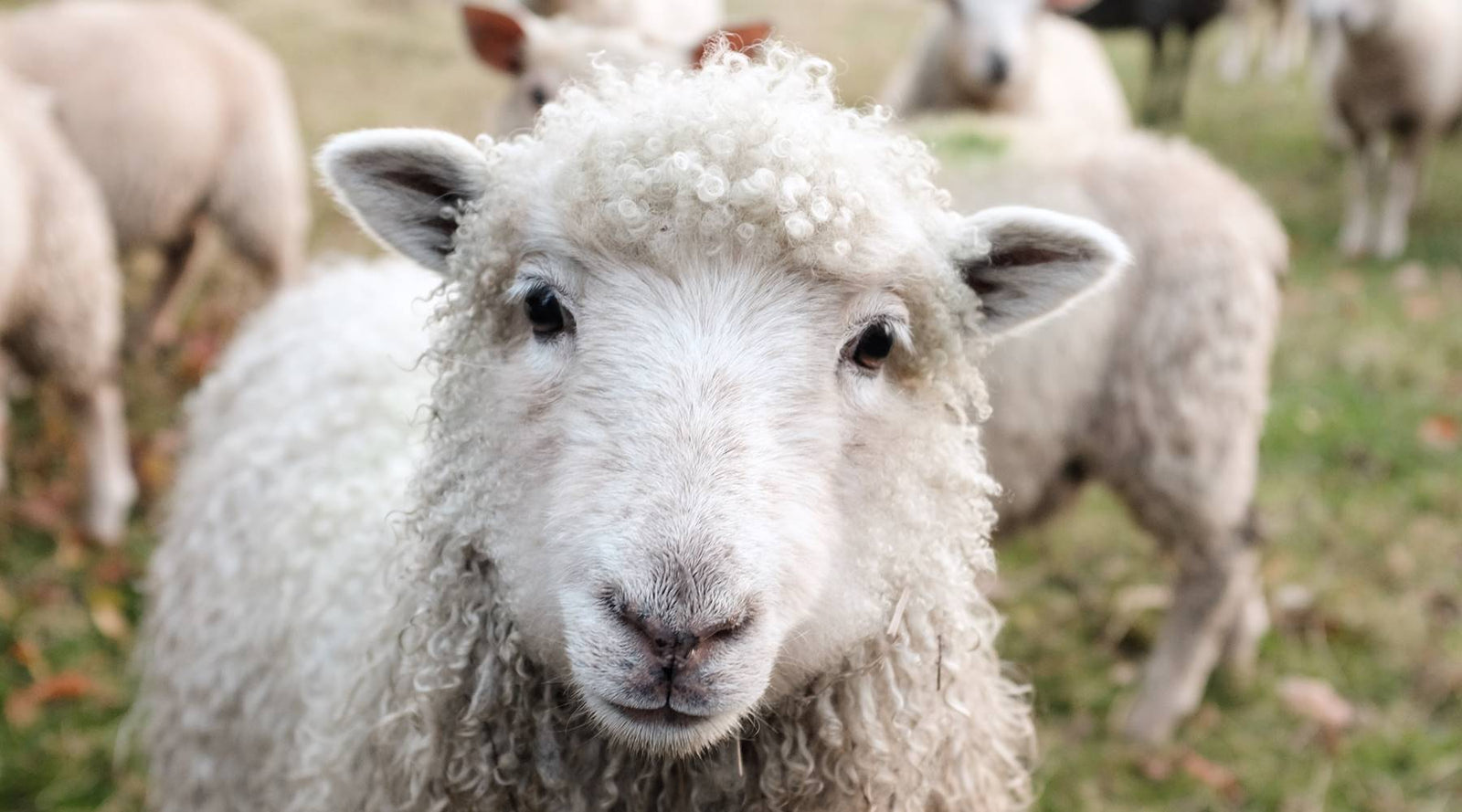
The Impact of Sleepwear on Sleep Quality: A Study of Cotton, Polyester, and Merino Wool
May 31, 2022 3 min read
Do you have trouble sleeping at night? If you do, you're not alone. A lot of people have trouble sleeping, and it can be linked to the type of sleepwear that you're wearing. If you're wearing sleepwear made from cotton, polyester, or Merino wool, it could be impacting your sleep quality. The study found that wool sleepwear had the most positive impact on sleep quality. It helped to reduce sleep onset latency (the time it takes to fall asleep) and sleep fragmentation index (the number of times you wake up during the night). If you're looking for sleepwear that will help you sleep better, wool is a good option. It's important to choose sleepwear that is comfortable and breathable, so you can get the best night's sleep possible.
A new study compared the effect on sleep quality of sleepwear fiber type (cotton, polyester and wool) in warm conditions (30 ºC and 50% RH) for healthy participants aged 50–70 years old. As would be expected from the literature, higher BMI, older and poorer sleepers were found to have poorer sleep quality in hot, moist conditions than lower BMI, younger and better sleepers in this study.
Sleeping in wool compared to sleeping in polyester resulted in less fragmented sleep for all participants. Sleeping in wool compared to polyester and cotton promoted a quicker sleep onset (SOL) in participants ≥65 years. Poor sleepers had less wake time during the sleep period (WASO) in wool than in cotton sleepwear and had a more delayed REM sleep latency in polyester than in cotton or wool sleepwear. Non-significant differences between cotton and polyester were observed for all sleep variables apart from that observed in Poor sleepers.
It is suggested that the superior moisture buffering and moisture management properties of wool compared to cotton and polyester may be responsible for the different sleep outcomes observed in this study. In conclusion, wool sleepwear was shown to promote better sleep in warm ambient conditions, particularly for adults aged 65 years and older and for poor sleepers. Thus, subgroups known to experience poorer sleep quality may enjoy an extra benefit from using wool sleepwear. Judicious selection of sleepwear fiber type may therefore offer an alternative, healthy and natural strategy for older adults sleeping under warm ambient conditions.
While the benefits of wool sleepwear were small, they were statistically significant. This means that wool sleepwear may be a helpful addition for those struggling to get a good night's sleep. And since sleep is so important for overall health, anything that can help improve sleep quality is worth considering.
The use of wool in the textile industry has a long and storied history. In more recent years, however, the use of wool has begun to decline in favor of synthetic fibers. This trend is especially evident in the Australian market, where wool production has dropped by nearly 50% over the past decade.
There are a number of reasons for this shift away from wool. Firstly, synthetic fibers are often cheaper to produce than wool. Secondly, they can be manufactured to be more durable and easy-care than woolen fabrics. Finally, many consumers simply prefer the look and feel of synthetic fabrics to wool.
Despite the challenges faced by the wool industry, there are still many reasons to choose wool over synthetic fibers. Wool is a natural fiber that is biodegradable and recyclable. It is also a renewable resource, as opposed to synthetic fibers which are made from petroleum products. Wool is also highly breathable, making it an ideal fabric for clothing worn in warm weather.
There are a number of initiatives underway to promote the use of wool. The Australian Wool Innovation Ltd (AWI) is one such organization, which is funded by Australian woolgrowers and the Australian government. The AWI is working to increase the use of wool in the textile industry, through initiatives such as research and development, marketing, and education. Australian woolgrowers, through AWI (Australian Wool Innovation Ltd), and the Australian Government, funded this study, but the authors reported no other conflicts of interest.
While the future of the wool industry may be uncertain, it is clear that wool still has a place in the textile market. With the support of organizations like the AWI, wool producers can continue to meet the needs of the market, while also providing a sustainable and environmentally-friendly product.
Chow CM, Shin M, Mahar TJ, Halaki M, Ireland A. The impact of sleepwear fiber type on sleep quality under warm ambient conditions. Nat Sci Sleep. 2019;11:167-178. Published 2019 Aug 26. doi:10.2147/NSS.S209116
Subscribe
Sign up to get the latest on sales, new releases and more …
